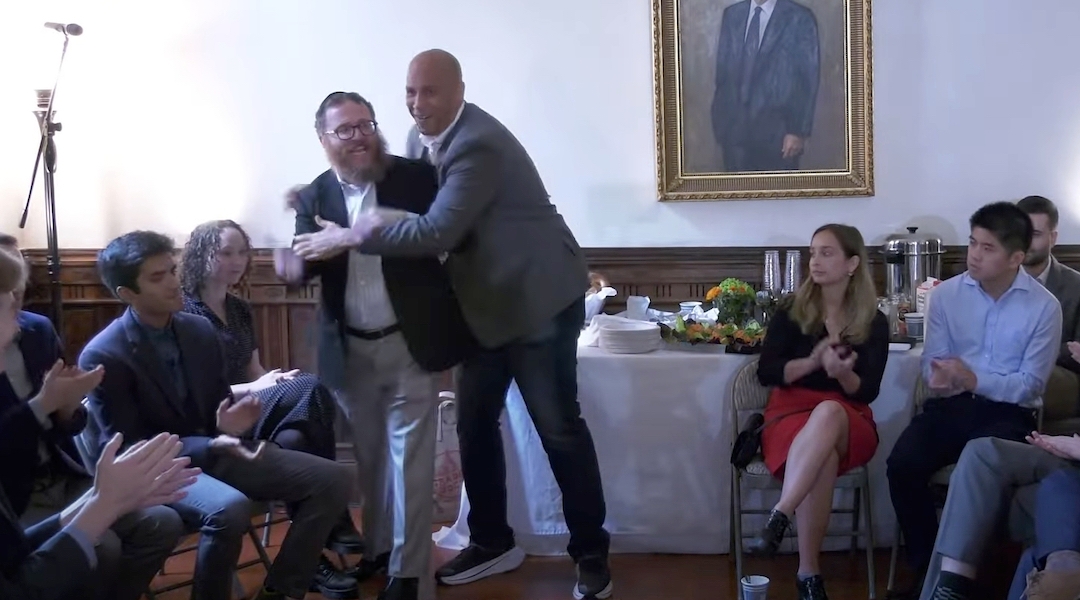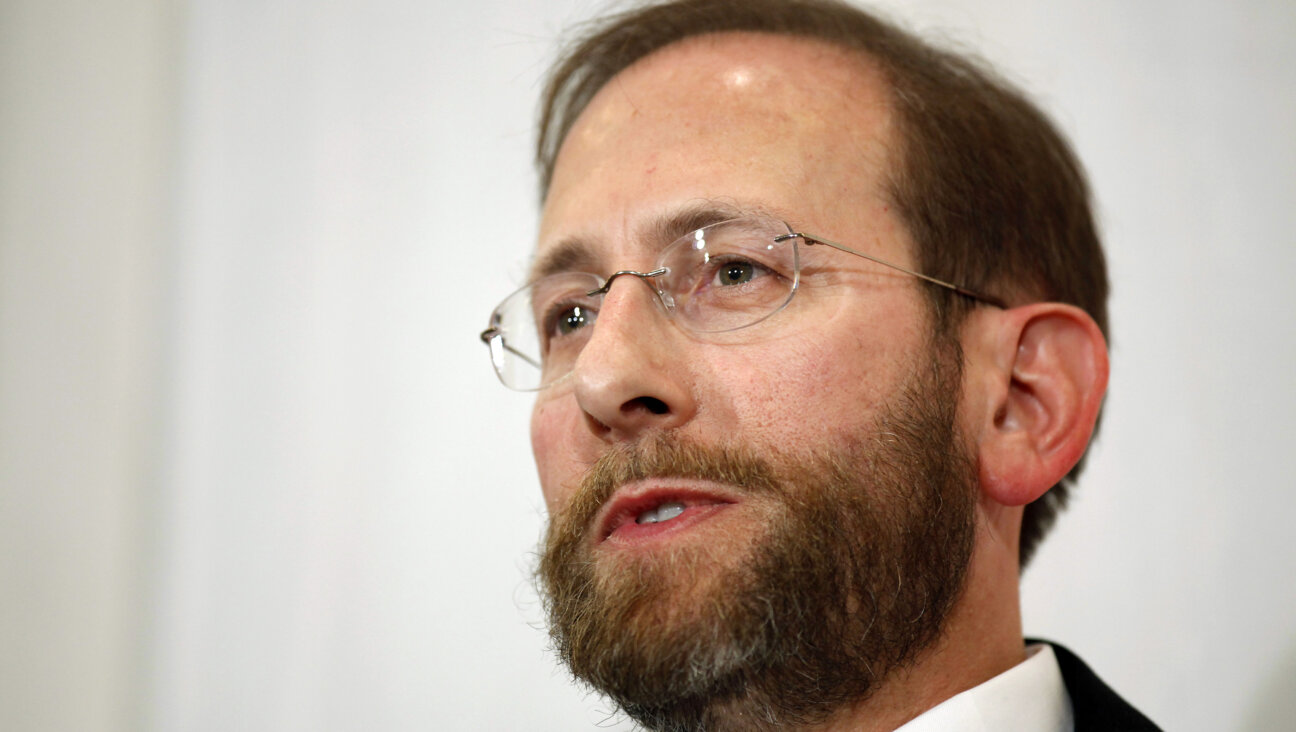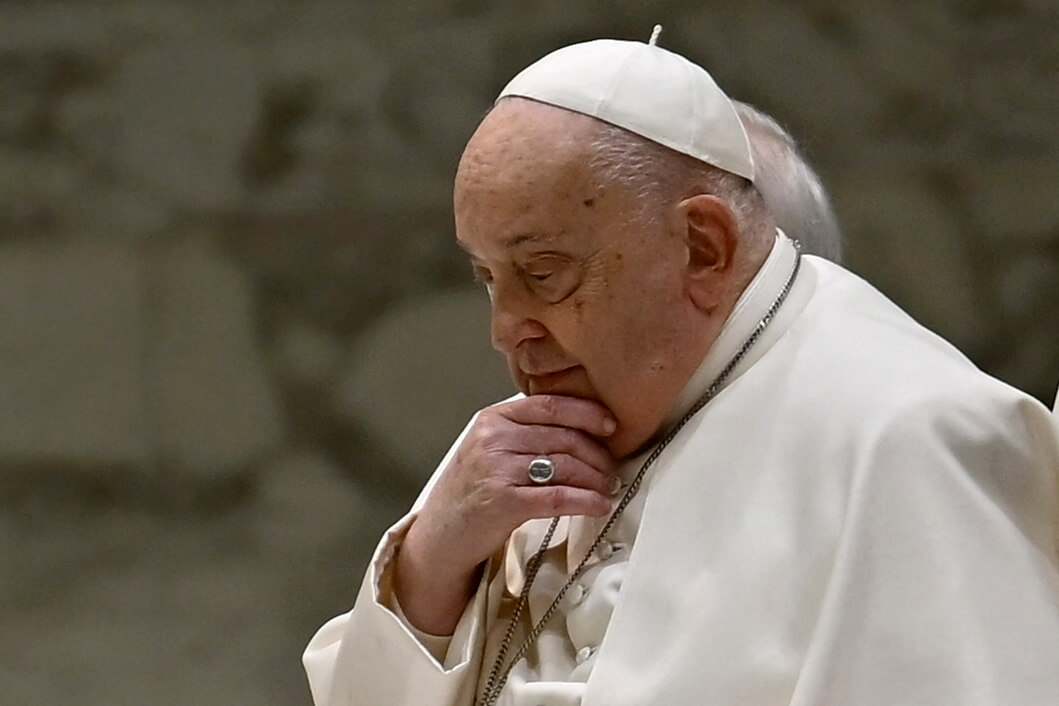Holocaust Museum Exhibit Highlights Killings in Darfur
As American officials warn of a renewed wave of violence in Darfur, the walls of the U.S. Holocaust Memorial Museum have been transformed, for one week, into huge projection screens carrying the images of the African genocide.
The facade facing busy 15th Street, only a block away from the Washington Monument, is now bringing pictures of Darfur to commuters, passers-by and tourists in downtown Washington, with 40 square-foot photos of children who have lost their families, villages burnt to the ground, and warriors, carrying machine guns, who have terrorized the region.
The exhibit, “Darfur: Who Will Survive Today?” will be projected on the exterior of the Holocaust museum every evening through Thanksgiving week. It’s the boldest attempt to call attention to the Darfur genocide, which so far has claimed the lives of about 400,000 Sudanese and has displaced more than 2 million people. It is made up of photos shot in Darfur in the past three years by a former U.S. Marine and by several photojournalists who contributed their works to the museum.
Andrew Natsios, President Bush’s special envoy for Sudan, said Monday that violence in Darfur has escalated since the signing of an accord last year. Natsios added that there is new optimism following the signing last week in Ethiopia of a U.N.-brokered accord under which Sudan has agreed to accept a stronger international force.
Taking on the issue of the Darfur genocide is part of the mandate of the Holocaust Memorial Museum’s Committee on Conscience, which states that the committee should “alert the national conscience, influence policy-makers, and stimulate worldwide action to confront and work to halt acts of genocide or related crimes against humanity.”
While the Jewish community has been at the forefront of the campaign to save Darfur, there are some who feel that the Holocaust museum was wrong in making Darfur its number-one priority. “If they want to go into politics and talk about current concerns, then the existential threat Israel faces from Iran should be the first issue,” said Rabbi Shmuel Herzfeld of Ohev Shalom synagogue in Washington. Though the Holocaust museum did put out a press release condemning the antisemitic rhetoric of Iranian president Mahmoud Ahmadinejad and his threats against Israel, Herzfeld claims that this is not enough. “The moment they get into contemporary politics, then their relative silence on Iran becomes deafening,” he said.
John Heffernan, director of the Committee on Conscience’s Genocide Prevention Initiative, responded by defending the museum’s decision to focus on Darfur. “There are a lot of issues out there that do pose threats, whether it be the Congo, Darfur or Chechnya,” Heffernan said. “But Darfur — when you have three or four hundred thousand people dead, and most of these people have been killed for who they are, it was an obvious connection for us.”
The Forward is free to read, but it isn’t free to produce

I hope you appreciated this article. Before you go, I’d like to ask you to please support the Forward.
Now more than ever, American Jews need independent news they can trust, with reporting driven by truth, not ideology. We serve you, not any ideological agenda.
At a time when other newsrooms are closing or cutting back, the Forward has removed its paywall and invested additional resources to report on the ground from Israel and around the U.S. on the impact of the war, rising antisemitism and polarized discourse.
This is a great time to support independent Jewish journalism you rely on. Make a gift today!
— Rachel Fishman Feddersen, Publisher and CEO
Support our mission to tell the Jewish story fully and fairly.
Most Popular
- 1

Opinion The dangerous Nazi legend behind Trump’s ruthless grab for power
- 2
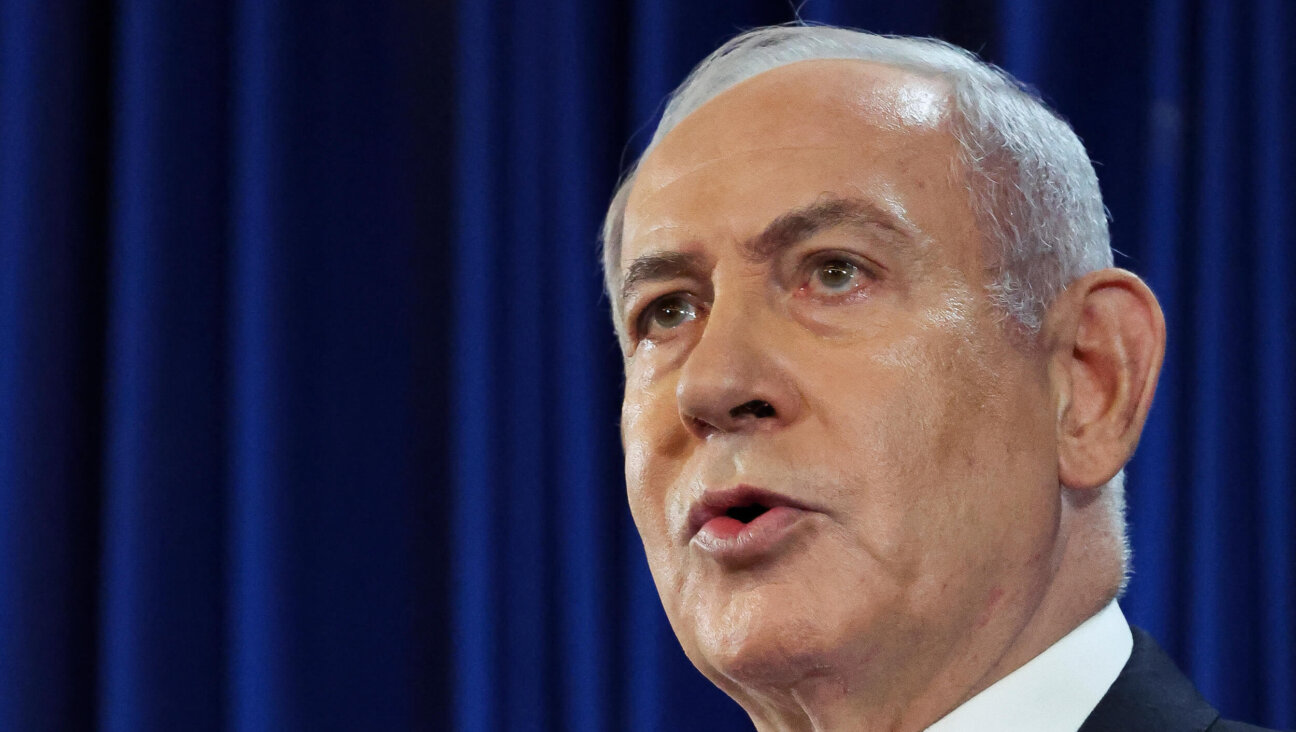
Opinion I first met Netanyahu in 1988. Here’s how he became the most destructive leader in Israel’s history.
- 3

Opinion Yes, the attack on Gov. Shapiro was antisemitic. Here’s what the left should learn from it
- 4

News Who is Alan Garber, the Jewish Harvard president who stood up to Trump over antisemitism?
In Case You Missed It
-
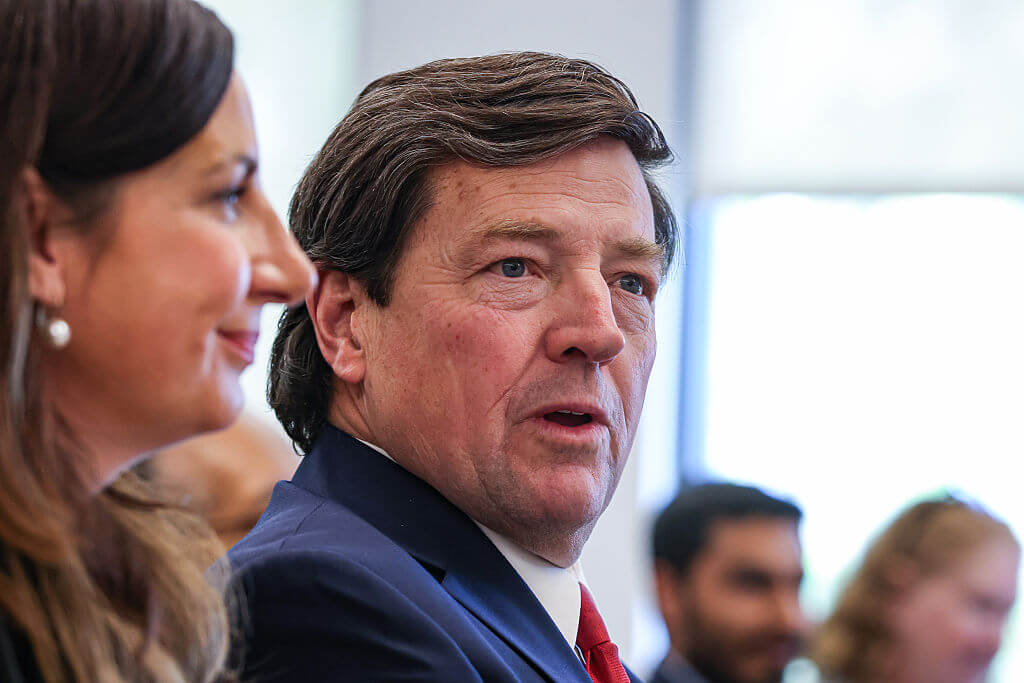
Fast Forward Exclusive: Trump nominee apologizes for praising Nazi sympathizer while awaiting Senate confirmation hearing
-

Fast Forward Global antisemitism has declined since Oct. 7, Tel Aviv University says
-
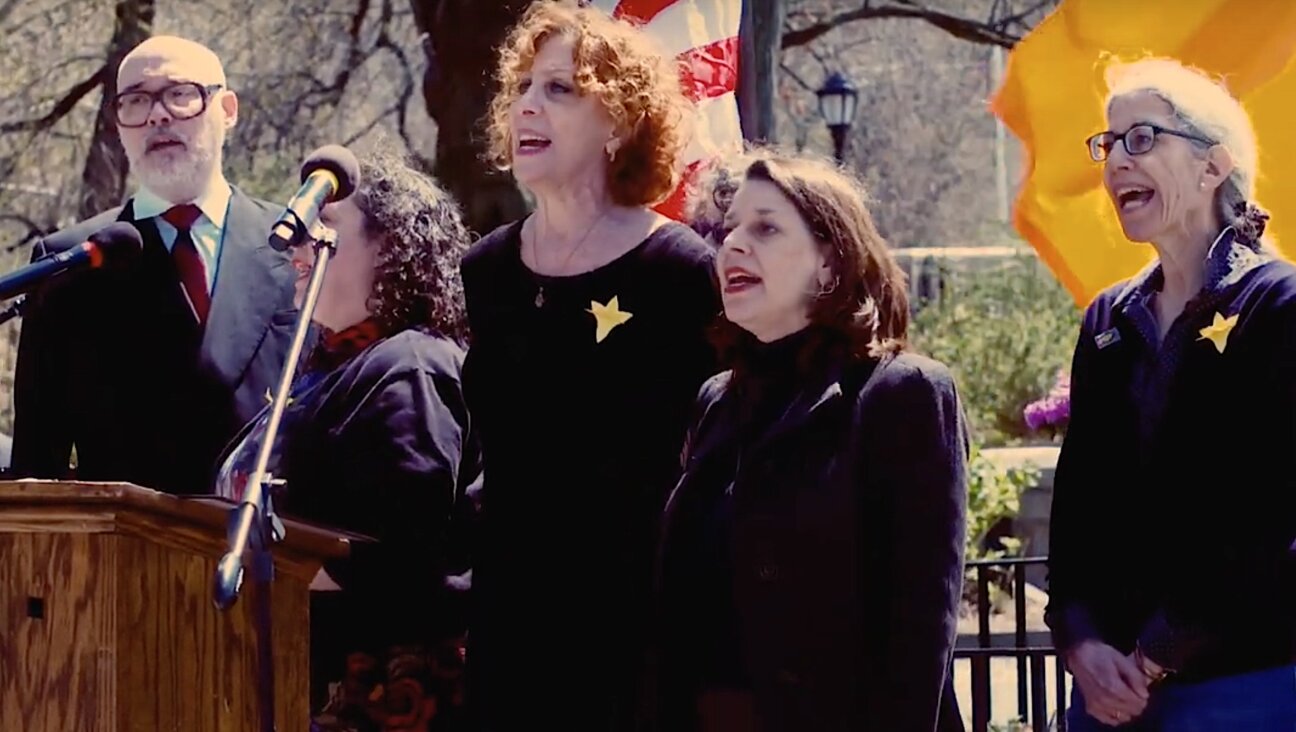
Yiddish World VIDEO: Warsaw Ghetto Uprising commemoration highlights women ghetto fighters
-
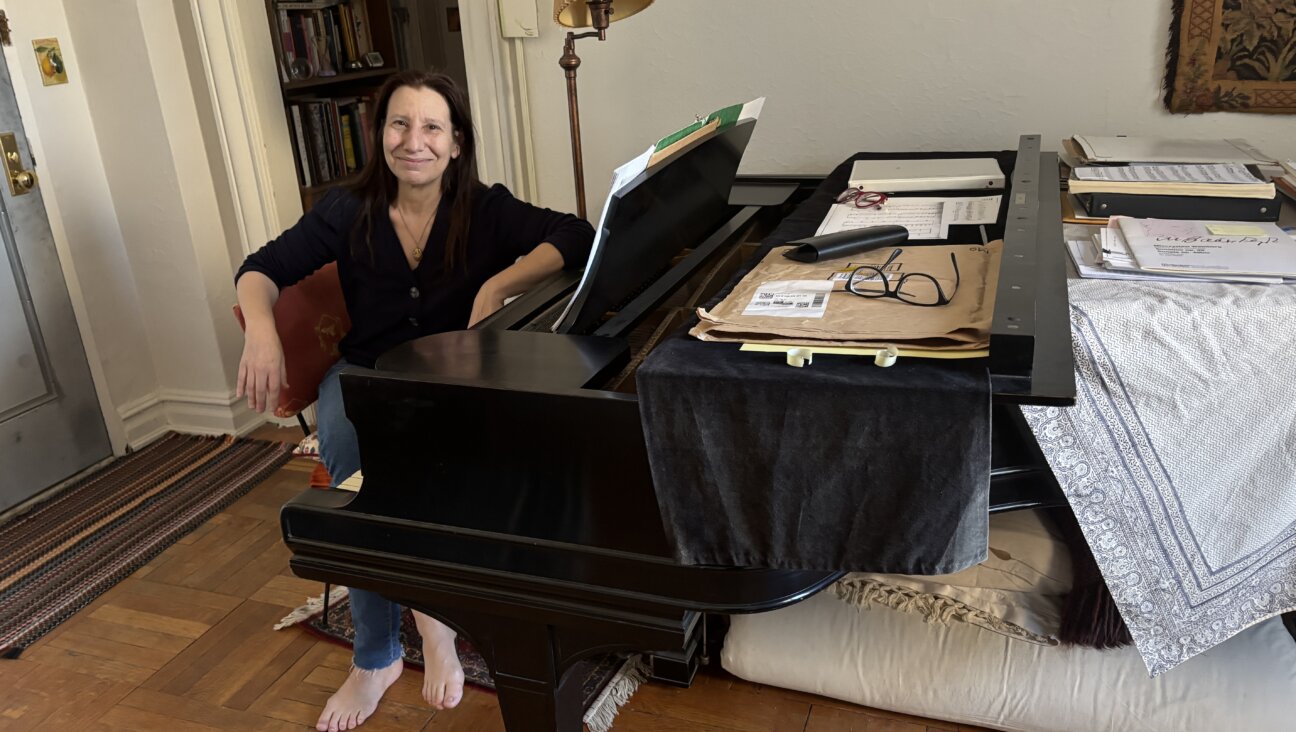
Music Even the Holocaust could not silence the music of these composers
-
Shop the Forward Store
100% of profits support our journalism
Republish This Story
Please read before republishing
We’re happy to make this story available to republish for free, unless it originated with JTA, Haaretz or another publication (as indicated on the article) and as long as you follow our guidelines.
You must comply with the following:
- Credit the Forward
- Retain our pixel
- Preserve our canonical link in Google search
- Add a noindex tag in Google search
See our full guidelines for more information, and this guide for detail about canonical URLs.
To republish, copy the HTML by clicking on the yellow button to the right; it includes our tracking pixel, all paragraph styles and hyperlinks, the author byline and credit to the Forward. It does not include images; to avoid copyright violations, you must add them manually, following our guidelines. Please email us at [email protected], subject line “republish,” with any questions or to let us know what stories you’re picking up.








